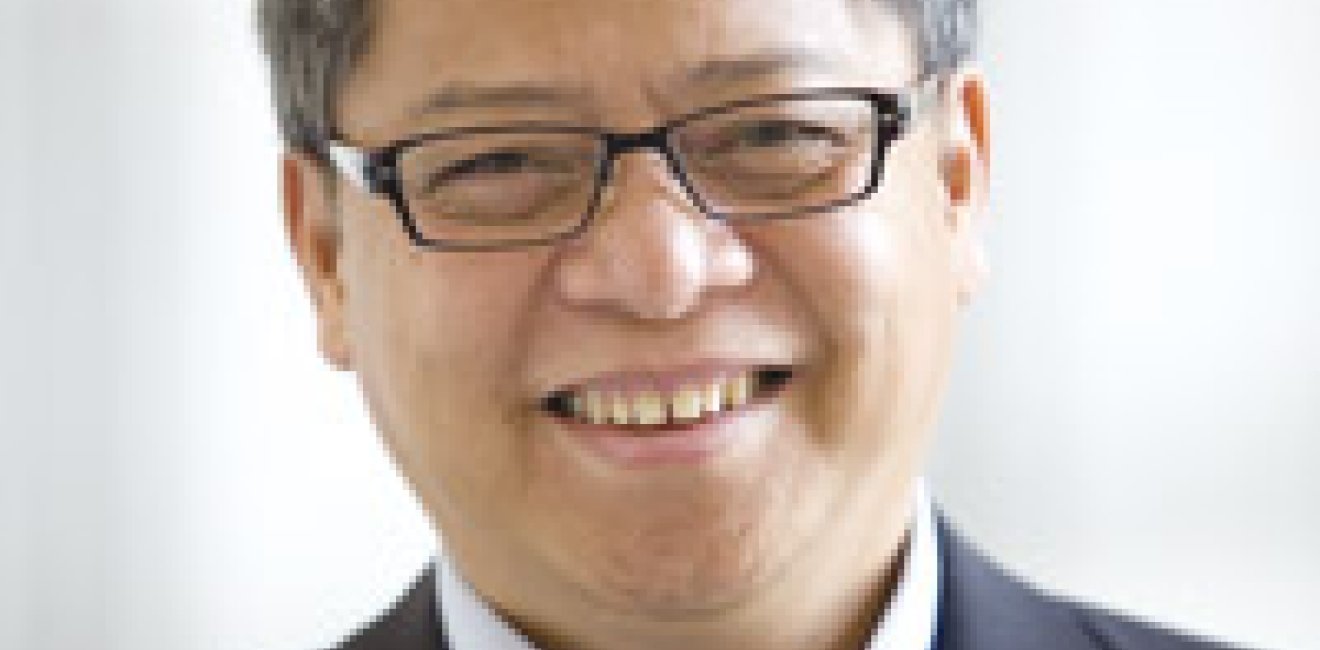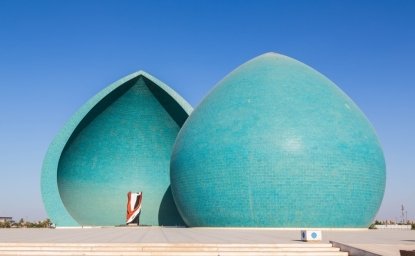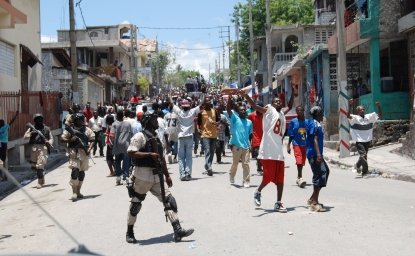
Wilson Center Fellow Patricio "Jojo" Abinales grew up in the northern part of Mindanao, the second largest and southernmost island in the Philippines. Knowing the language and culture has made him the ideal candidate to conduct research and interview people on the island, even in the dangerous war-torn south.
For the past 40 years, the southern Philippines has been ravaged by violence among separatist rebels, extremist groups, and the government. But in 1996, as one rebel group—the Moro National Liberation Front—began demobilizing following a peace agreement with the government, the U.S. Agency for International Development (USAID), through its Growth with Equity in Mindanao (GEM) program, stepped in with an "Arms to Farms" program. Some 28,000 former fighters received supplies and training to become farmers—primarily in rice, corn, and seaweed production—and fishermen.
Abinales is looking at this program and other examples that explain why the United States is popular in the war zones of the southern Philippines, where the Muslim insurgency began, and where there is the highest crime rate in the country.
GEM's Arms to Farms program succeeded for several reasons, said Abinales, who spent time with the project teams. First, the Americans involved in the project have remained there for 15 years, so they know the land, language, and people. Also, the program steered clear of religion and instead emphasized business and trade in Muslim communities. In addition, the former fighters were allowed to keep their arms to protect themselves and their newfound livelihoods from other rebel groups.
Another important facet of the program has been the involvement of women, many of whom are working with the GEM teams. "GEM saw the value of Muslim women as principal actors in the project," said Abinales. "The only skill the men had was shooting and assembling weapons," he said. While the men were off in the mountains fighting in the 1970s and 1980s, the women went to school and learned business skills. They are respected, active members of the community.
Overall, the communities have flourished and many businesses are becoming a family affair. Abinales told of one fisherman selling grouper whose business was growing. His daughter went to college and became his accountant. Many farmers and fishermen even diversified their commodities as their businesses grew and began trading outside of the Philippines, some to as far away as China.
"Many people usually look at the end result of American economic assistance: how much was spent and who benefited. But rarely do we see studies that look at the process of implementation, and how a development organization, showing up in a war zone, works on almost a daily basis to get a project going," said Abinales. "Studies on USAID also usually focus on the principal actors and top players, such as project directors and ambassadors. But the local people—engineers, accountants, security guards, drivers—the ordinary folks are critical in the success of any such project are seldom given their due. These are the people I am most interested in."
GEM's Arms to Farms program, which cost about $5 million, is an example of how a small grant can go a long way to transform a society.
Related Links
Explore More
Browse Insights & Analysis
Iraq Should Consider Extending UNAMI’s Mission


